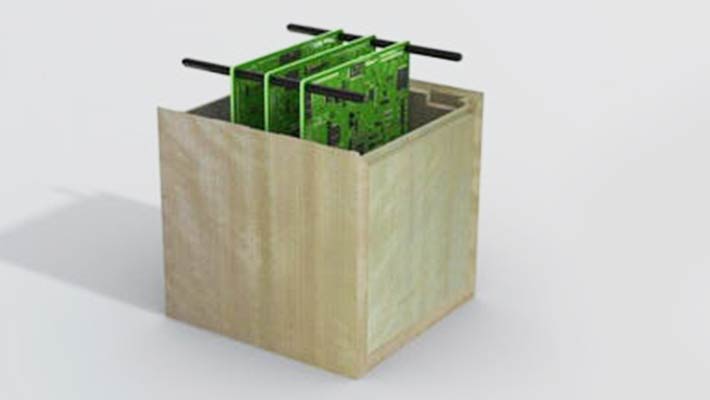
From stone age to space age, we humans have travelled a long way. Since we launched our first space mission in the 1950s, we have discovered several secretes of the Universe. But in the process, we have damaged our beautiful universe. Today, the space is filled with debris so much that we considered a 1960s space junk as asteroid 2020 SO. This could transpire to be the first installment in a long series of such puzzles which keeps us shaken.
In yet another instance, a Harvard professor claimed that space object that entered Earth in 2017 was actually a junk. But the twist is that he believed it was sent to us by aliens. As per NASA, some 29,000 human-made objects larger than 3.9 inches are circling Earth, which presents a threat to future missions to space. But this trend might change soon.
Thanks to a Japanese company and Kyoto University who are working together to develop the world’s first wooden satellite which will be made out of wood by 2023. Sumitomo Forestry has already started work on research, growing tree and the use of wood materials in space. Interestingly, the collaborators will begin the experiment with different types of wood in extreme environments on Earth.
What Benefits Wooden Satellites Bring?
So what is the sudden need for having wooden satellite? According to a professor at Kyoto University and a Japanese Astronaut, Takao Doi, all the satellites that re-enter the atmosphere of Earth burn and create tiny alumina particles. He further states that these particles float in the upper atmosphere for many years and eventually will affect the Earth’s environment. As the speed at which these space junk travel is incredibly fast (22,300 mph). With such speed, it has the capacity to cause considerable damage to any objects that it will hit.
If one can remember, a tiny piece of space junk collided with International Space Station in 2006, which caused severe damage. It took a chip out of the heavily reinforced window. Does this ring a bell and you recall those Hollywood space movies? Gravity and many more. This is just an instance. With increasing number of satellites being launched, there is an increasing threat of mounting space junk falling on Earth. And with the increasing use of satellites in areas of television, communication, weather forecasting, navigation and the increasing use by researchers and space experts, the size of space junk is just going to explode. So how are the wooden satellites going to change all these?
The wooden satellites will burn up without releasing any form of harmful substances into the atmosphere or raining debris on the ground when they return to Earth, unlike today’s satellite that burn and create tiny alumina particles. So where have we reached in having the world’s first wooden satellite?
As per professor Doi, who had visited the ISS in March 2008 as an astronaut, the next stage for wooden satellites will be to develop the engineering model of the satellite and then the flight model will be developed.
On the other hand, accordingly to the 400 year old Sumitomo Forestry, it will be working on the development of wooden materials which will be highly resistant to changes in temperature and sunlight. This could be a revolution in the world of space and space research. And with the World Economic Forum stating that nearly 6,000 satellites revolve around the Earth of which nearly 60 percent are space junk, it is estimated that every year 990 satellites will be launched in this decade. With more satellites in the orbit, the need for wooden satellite becomes more crucial.







